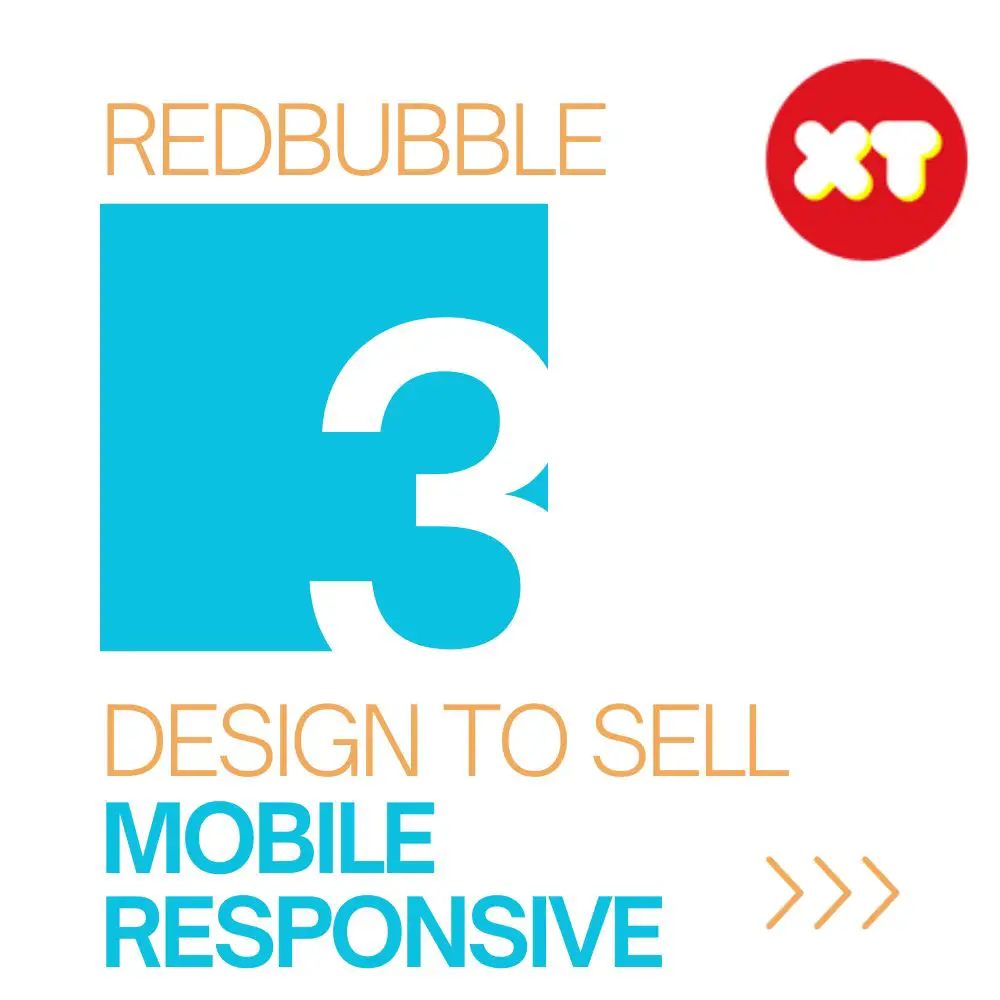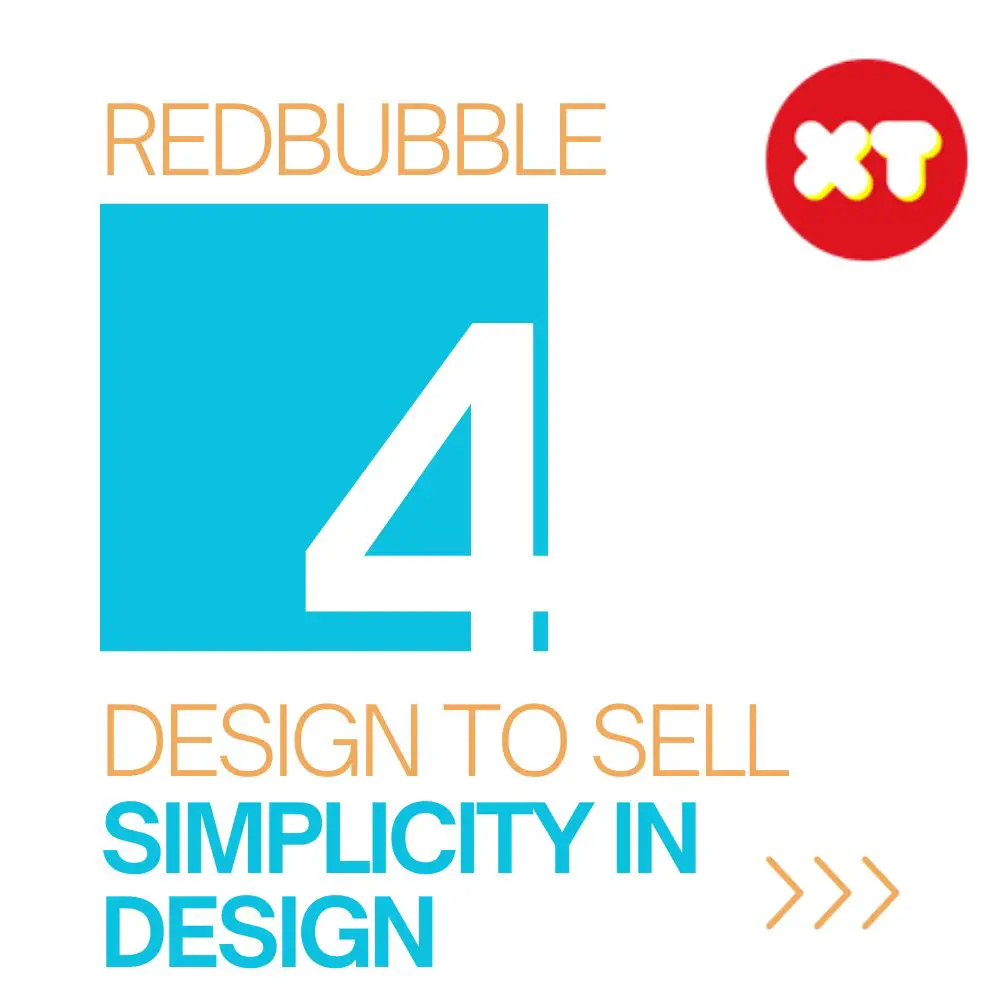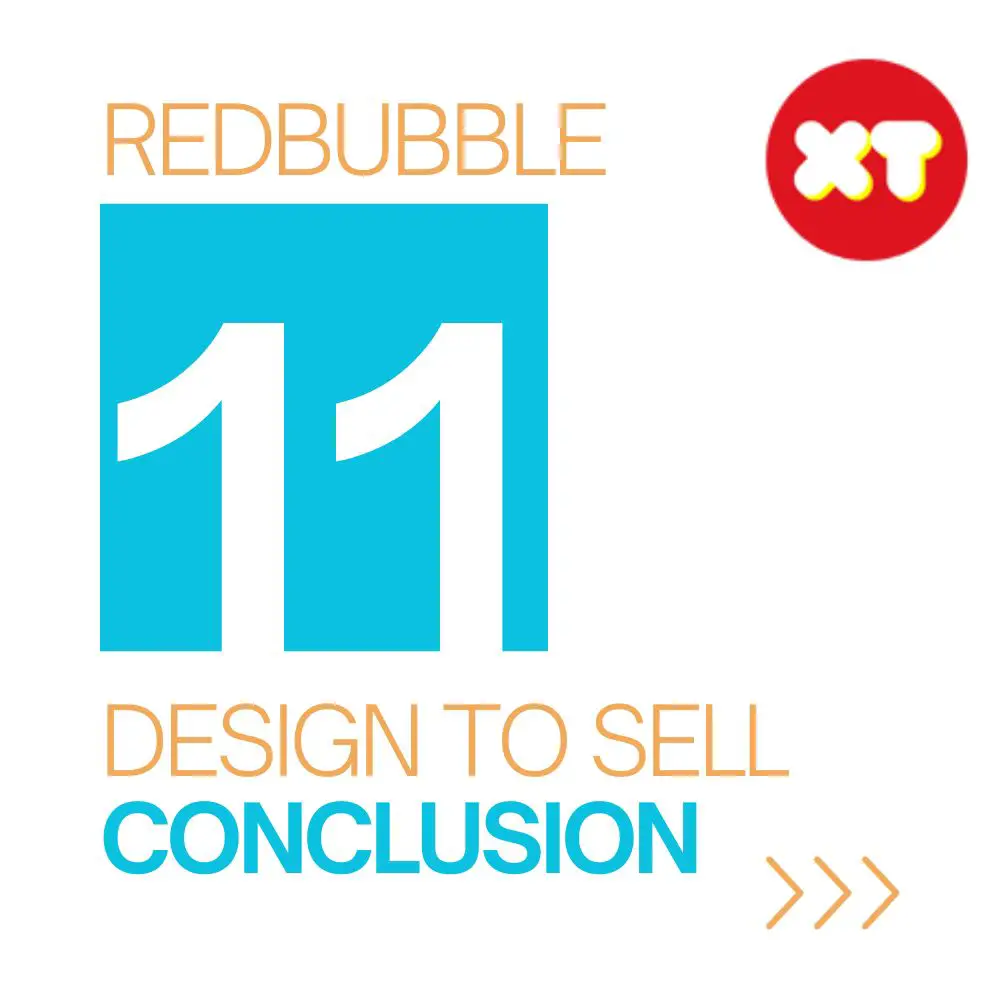In the fast-paced landscape of online commerce, where every click is a potential sale, the role of design is nothing short of a silent salesman. Picture this: a visitor lands on your website, and within seconds, they decide whether to stay or move on. This split-second judgment is heavily influenced by the visual aesthetics and functionality of your design. Welcome to the world where the Best Design to Sell isn’t just a luxury, it’s a necessity.
In this article, we embark on a journey to uncover the secrets of creating a design that not only captivates but converts. From understanding your audience to harnessing the power of visual elements, we’ll navigate through the nuances of design, exploring how each pixel contributes to the grand narrative of selling. So, buckle up as we unravel the art and science behind designs that don’t just catch the eye but open wallets.
Understanding Your Audience

In the vast and diverse marketplace, catering to everyone is a lofty goal. That’s where understanding your audience becomes the compass guiding your design decisions. Think of your audience as individuals with unique preferences, behaviors, and expectations. The first step is to identify your target demographic – who are the people you want to reach?
Are you targeting tech-savvy millennials, busy professionals, or perhaps a niche market with specific interests? Knowing your audience allows you to create a design that resonates with them on a personal level.
Analyzing Consumer Preferences and Behavior
Understanding your audience goes beyond demographics. Dive into the analytics to grasp consumer behavior. What are their browsing habits? What devices do they use? What time do they spend on your platform? By answering these questions, you gain insights into how users interact with your design.
For instance, if your audience predominantly accesses your website through mobile devices, optimizing for mobile becomes paramount. If they respond well to vibrant visuals over text, tailor your design accordingly. Analyzing behavior helps you align your design with the natural flow of your users.
Tailoring Design to Match Audience Expectations
Once you’ve identified your audience and dissected their behavior, it’s time to tailor your design to meet their expectations. If you’re targeting a sophisticated clientele, a sleek and minimalist design might be the way to go. On the other hand, a younger demographic might appreciate bold colors and interactive features.
The key is to create a design that feels familiar and intuitive to your audience. Think of it as speaking their visual language. When users feel at home with your design, they are more likely to explore further and, ultimately, make a purchase.
Understanding your audience isn’t a one-time task. Markets evolve, and so do consumer preferences. Regularly revisit and refine your understanding to ensure your design stays relevant and continues to resonate with your audience. In the next section, we’ll delve into how the power of visual elements can elevate your design game.
The Power of Visual Elements

In the realm of design, visuals wield a transformative influence. It’s not just about making things look pretty; it’s about strategically using visual elements to tell a compelling story and evoke emotions. Let’s unpack the arsenal of visual tools that can turn a casual visitor into a paying customer.
Utilizing High-Quality Images
A picture is worth a thousand words, they say. In the world of design, it might be worth even more. High-quality images can convey professionalism, trustworthiness, and the essence of your brand. Invest in photography or source images that align with your brand identity. Whether it’s showcasing products or conveying a brand lifestyle, images are your silent brand ambassadors.
Importance of Color Psychology in Design
Colors are powerful communicators. They evoke emotions, convey meanings, and influence perceptions. For instance, blue may evoke trust, while red may signify urgency or passion. The color palette you choose should align with your brand personality and resonate with your target audience.
Incorporating Eye-Catching Graphics and Icons
Graphics and icons add flair to your design and serve a practical purpose – they guide attention. Use icons to make navigation intuitive and graphics to highlight key information. Infuse creativity into your visuals, ensuring they align with your brand while adding a touch of uniqueness.
Remember, visual elements aren’t just embellishments; they guide the user journey and convey your brand message efficiently. The next section will explore the pivotal role of mobile responsiveness in ensuring your design speaks to a broad audience.
Mobile Responsiveness

In an era where smartphones are an extension of our hands, ignoring mobile users is akin to turning away potential customers. Let’s explore why mobile responsiveness is not just a design feature but a business imperative.
Significance of Mobile-Friendly Design
The numbers don’t lie – a significant portion of internet users accesses websites via mobile devices. If your design doesn’t seamlessly adapt to various screen sizes, you risk alienating a substantial chunk of your audience. Mobile-friendliness is not just about shrinking elements; it’s about creating an optimal experience tailored to smaller screens.
Impact on User Experience and Sales
User experience on mobile devices directly correlates with conversion rates. A clunky, non-responsive design frustrates users, leading to higher bounce rates and abandoned shopping carts. Conversely, a smooth mobile experience enhances user satisfaction and increases the likelihood of completing a purchase.
Tips for Optimizing Design for Mobile Devices
Optimizing for mobile goes beyond responsive design. Streamline navigation, minimize text input, and ensure buttons are touch-friendly. Test your design on various devices to catch any glitches. Remember, a positive mobile experience isn’t just a checkbox; it’s a competitive advantage.
Simplicity in Design
It’s not about a lack of creativity; it’s about distilling your message to its essence. In this section, we’ll explore why simplicity is a design philosophy worth embracing.

Benefits of a Clean and Simple Design
Simplicity isn’t just an aesthetic choice; it’s a strategic decision. A clean design reduces cognitive load on users, making it easier for them to navigate and understand your content. Think of it as a digital decluttering – every element serves a purpose, enhancing user comprehension.
Avoiding Clutter and Distractions
While bells and whistles might seem tempting, a cluttered design overwhelms users. Avoid the temptation to include every feature under the sun. Prioritize essential elements and remove distractions that could divert users from their intended path. A focused design keeps users engaged and guides them toward conversion.
Streamlining the User Journey
Simplicity extends beyond aesthetics to user journeys. From landing on your page to completing a purchase, every step should be intuitive. Guide users seamlessly, reducing friction and enhancing the overall experience. When users can effortlessly navigate your digital space, they’re more likely to convert from visitors to customers.
Now that we’ve embraced the elegance of simplicity, let’s turn our attention to another powerful aspect of design – the art of storytelling.
Storytelling through Design
In the age of information overload, stories cut through the noise. Your design can be a narrative canvas, telling the story of your brand and forging a connection with your audience.

Creating a Narrative with Visual Elements
Your design elements – images, colors, fonts – can weave a narrative. Consider the story you want to tell. Are you a brand rooted in tradition, innovation, or perhaps a bit of both? Infuse your design with elements that reflect your brand’s journey and values. A well-crafted narrative engages users emotionally, forging a memorable connection.
Connecting Emotionally with the Audience
People remember how you make them feel. A compelling design elicits emotions, be it joy, excitement, or trust. Understand the emotional triggers relevant to your brand and leverage them in your design. Whether it’s through relatable imagery or a cohesive color palette, evoke emotions that resonate with your audience.
Building Brand Identity through Design Storytelling
Consistency is key in storytelling. Your design should align with your brand’s overarching narrative. From your website to social media, maintaining a consistent visual language reinforces brand identity. When users encounter a familiar design story across platforms, it builds trust and brand recognition.
As we appreciate the storytelling potential of design, let’s explore the crucial role of Call-to-Action (CTA) optimization in converting engagement into tangible outcomes.
Call-to-Action (CTA) Optimization
In the intricate dance of design and conversion, the Call-to-Action (CTA) takes center stage. A well-crafted CTA is more than just a button; it’s an invitation, a nudge that guides users toward taking a specific action. Let’s dissect the elements of effective CTA optimization.

Importance of Compelling CTAs
Your CTA is the virtual handshake between a visitor and a customer. Its words and design should be compelling enough to prompt action. Whether it’s “Buy Now,” “Subscribe,” or “Learn More,” the language should be clear, concise, and persuasive. The key is to instill a sense of urgency or benefit, enticing users to click.
Placement and Design Considerations
Where you place your CTA matters as much as its content. It should be strategically positioned where users naturally focus their attention. Consider placing CTAs near key information, product details, or at the end of engaging content. Additionally, the design should make the CTA visually distinct – use contrasting colors and clear, legible fonts to ensure it stands out.
Encouraging User Engagement and Conversions
CTAs aren’t just about asking users to buy; they’re about fostering engagement. Consider CTAs that encourage users to explore further – “Discover Our Story” or “Take a Tour.” By promoting engagement, you create a pathway for users to become invested in your brand, increasing the likelihood of conversion over time.
In the upcoming section, we’ll explore the crucial role of usability and navigation in ensuring that users seamlessly journey through your digital space.
Usability and Navigation

An aesthetically pleasing design is only half the battle won; the other half lies in how easily users can navigate and interact with your platform. Let’s unravel the significance of usability and navigation in creating a positive user experience.
Enhancing User Experience through Intuitive Design
Usability is synonymous with user-friendliness. An intuitive design anticipates user needs, making navigation a breeze. From clear menus to easily clickable buttons, every element should guide users effortlessly. Prioritize functionality – if users struggle to find what they need, they’re likely to abandon ship.
Clear Navigation for Seamless Browsing
Navigation should be a roadmap, not a maze. Users should instinctively know where to find essential information. Clear and concise menus, intuitive dropdowns, and a straightforward site structure contribute to a positive user experience. A well-organized site not only pleases users but also keeps them on your platform longer.
Reducing Bounce Rates with User-Friendly Interfaces
A high bounce rate is the nemesis of conversion. If users land on your page and quickly leave, your design may be sending the wrong signals. Usability plays a significant role in reducing bounce rates. Ensure that users find what they seek within a few clicks, providing a satisfying and efficient journey.
Social Proof in Design

Humans are social creatures, and in the vast digital landscape, social proof serves as a guiding light. It’s the digital equivalent of a trusted recommendation or a reassuring nod from a friend. In this section, we’ll uncover how integrating social proof into your design can be a game-changer.
Incorporating Testimonials and Reviews
Testimonials and reviews provide a powerful form of social proof. Strategically place testimonials on your product pages or within your design to highlight the satisfaction of previous customers. Authenticity is key – genuine, detailed testimonials resonate more with users.
Showcasing User-Generated Content
Encourage your customers to become ambassadors of your brand. User-generated content, such as photos, reviews, or testimonials shared by customers, adds an authentic touch to your design. Whether it’s a social media feed showcasing happy customers or a dedicated section for user stories, this content acts as a testament to your brand’s credibility.
Building Trust through Social Proof Elements
Trust is a cornerstone of online transactions. Social proof, in its various forms, acts as a trust-building mechanism. Displaying trust badges, certifications, or affiliations with reputable organizations reinforces your brand’s credibility. Users are more likely to engage with your platform when they feel assured that others have had positive experiences.
As we navigate the world of design, it’s crucial to stay attuned to evolving trends and innovations. In the next section, we’ll explore the dynamic landscape of design trends and how staying current can impact your brand’s success.
Design Trends and Innovations

In the ever-evolving world of design, staying on the cutting edge is a perpetual journey. Trends come and go, and embracing innovation can set your brand apart. Let’s delve into why keeping an eye on design trends matters and how it can influence your success.
Staying Updated on Current Design Trends
Design trends aren’t just about aesthetics; they reflect cultural shifts and user preferences. Whether it’s the rise of minimalism, the use of bold typography, or the integration of immersive experiences, staying abreast of current trends ensures your design remains relevant and resonant.
Adapting to Technological Advancements
Technology is a catalyst for design evolution. From responsive design for various devices to the integration of augmented reality, technological advancements open new avenues for innovation. Embrace technologies that align with your brand and enhance user experiences, keeping your design at the forefront of what’s possible.
Balancing Trends with Timeless Design Principles
While trends add a contemporary flair, timeless design principles provide a sturdy foundation. Striking the right balance between current trends and enduring design elements ensures your brand remains both modern and enduring. A well-crafted design withstands the test of time, minimizing the need for frequent overhauls.
Testing and Analytics

In the dynamic world of digital design, assumptions can only take you so far. To truly optimize your design for success, it’s imperative to leverage the power of testing and analytics. Let’s delve into why these elements are the compass that guides your design ship.
Importance of A/B Testing in Design
A/B testing, also known as split testing, is the secret sauce for refining your design. It involves comparing two versions of a webpage or design element to determine which performs better. By systematically tweaking variables and analyzing user responses, you can make data-driven decisions that lead to continuous improvement.
Using Analytics to Refine Design Strategies
Analytics is the heartbeat of your digital presence. Tools like Google Analytics provide a wealth of insights into user behavior, traffic sources, and more. By dissecting this data, you can identify pain points, understand user journeys, and pinpoint areas for improvement in your design. Analytics empowers you to make informed decisions based on real user interactions.
Continuous Improvement for Better Conversion Rates
The digital landscape is fluid, and user preferences can shift. Embracing a mindset of continuous improvement is key to staying ahead. Regularly analyze the performance of your design, implement insights from A/B testing, and adapt to evolving trends. This iterative process ensures your design not only meets but exceeds user expectations, leading to enhanced conversion rates over time.
As we draw closer to the conclusion of our exploration, it’s essential to emphasize the role of a well-crafted conclusion in tying together the threads of our insights.
Conclusion

Design isn’t just about aesthetics; it’s a strategic tool that can elevate your brand and drive sales. From understanding your audience to embracing simplicity, weaving narratives, optimizing CTAs, ensuring usability, and staying abreast of trends – each element plays a vital role in creating the Best Design to Sell.
In the ever-evolving digital landscape, the journey doesn’t end. Embrace testing and analytics as your allies, guiding your design decisions with real user data. As you embark on the design path, remember: it’s not just about what looks good; it’s about what works best for your audience and your business.
Now, let’s address some common queries that might linger in the minds of our readers.
FAQs: Unveiling the Design Secrets
- What role does color psychology play in design? Color psychology is a fascinating aspect of design. Different colors evoke different emotions and perceptions. For example, blue may convey trust, while red can signify urgency. Choosing a color palette that aligns with your brand and resonates with your audience can significantly impact their perception and engagement.
- How often should I update my design to stay relevant? Design updates shouldn’t be arbitrary; they should be driven by shifts in user behavior, technological advancements, and evolving trends. Regularly monitor analytics, conduct A/B testing, and consider design updates when data suggests areas for improvement or when your brand undergoes significant changes.
- Can a simple design be as effective as a complex one? Absolutely. The principle of simplicity in design isn’t about minimalism for its own sake. It’s about reducing unnecessary elements to enhance user experience. A clean and simple design can be highly effective in conveying information, guiding users, and driving conversions.
- How do I encourage user-generated content for social proof? Actively engage with your audience on social media platforms and encourage them to share their experiences with your brand. Host contests, encourage reviews, and feature user-generated content on your website and social media channels.
- Is there a universal “best design” or does it vary by industry? While there are universal design principles, the “best design” can vary based on industry, target audience, and brand personality. What works for an edgy tech startup might not work for a traditional financial institution. Tailor your design to align with your specific goals, audience expectations, and industry norms.
Remember, designing for success is an ongoing journey of understanding, adapting, and refining. Keep your finger on the pulse of your audience and industry, and your design will continue to be a powerful driver of success.